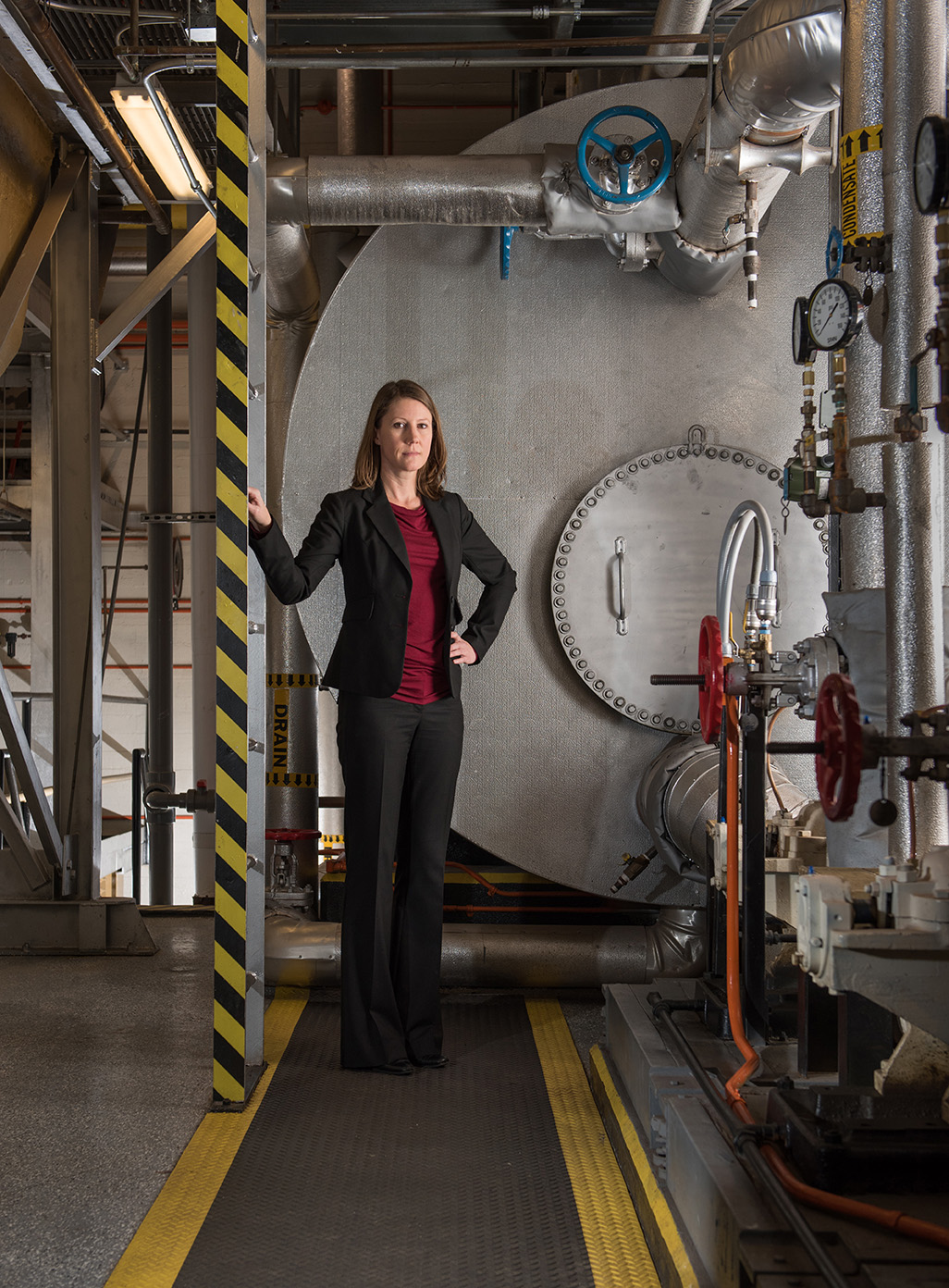
Energy research center tackles materials that tackle pollutants
Earth’s air pollution and climate change issues are linked to combustion and its detrimental byproducts: greenhouse gases such as carbon dioxide (CO2) and gases that pollute the atmosphere such as nitrogen oxides.
The good news is that today’s advanced materials can trap or neutralize these acid gases right in the smokestack, or even capture CO2 straight from the atmosphere. Multiple research teams are working to increase the efficiency of these important materials; the Department of Energy (DOE) is currently funding a number of such projects under its Energy Frontier Research Center (EFRC) program.
But a key question remains: How do acidic gases affect materials designed to lower their emissions? How durable, for instance, will these advanced materials be when subjected to real-world environments like the hot exhaust flues of a power plant?
“There’s a knowledge gap here — scientists don’t yet understand the fundamentals of how acid gases like carbon dioxide, nitrogen oxides, and sulfur oxides interact with important classes of materials,” said Krista Walton, an associate professor in the Georgia Tech School of Chemical & Biomolecular Engineering (ChBE). “If you create a new material that separates CO2 with record efficiency in the lab, but it only lasts a few days in an industrial environment, then it’s not a useful advance.”
The DOE recently awarded a four-year $11.2 million grant to Georgia Tech to lead an EFRC that studies materials degradation caused by acid gases. Directed by Walton, the new center involves research teams from six universities and a government laboratory. Collaborating with Georgia Tech are researchers from Lehigh University, University of Alabama, University of Florida, University of Wisconsin, Washington University in St. Louis, and Oak Ridge National Laboratory.
Dubbed the Center for Understanding and Control of Acid Gas-Induced Evolution of Materials for Energy (UNCAGE-ME), the Georgia Tech-led effort is one of 10 new EFRCs recently funded by the DOE.
Read the rest of this story from Research Horizons.
